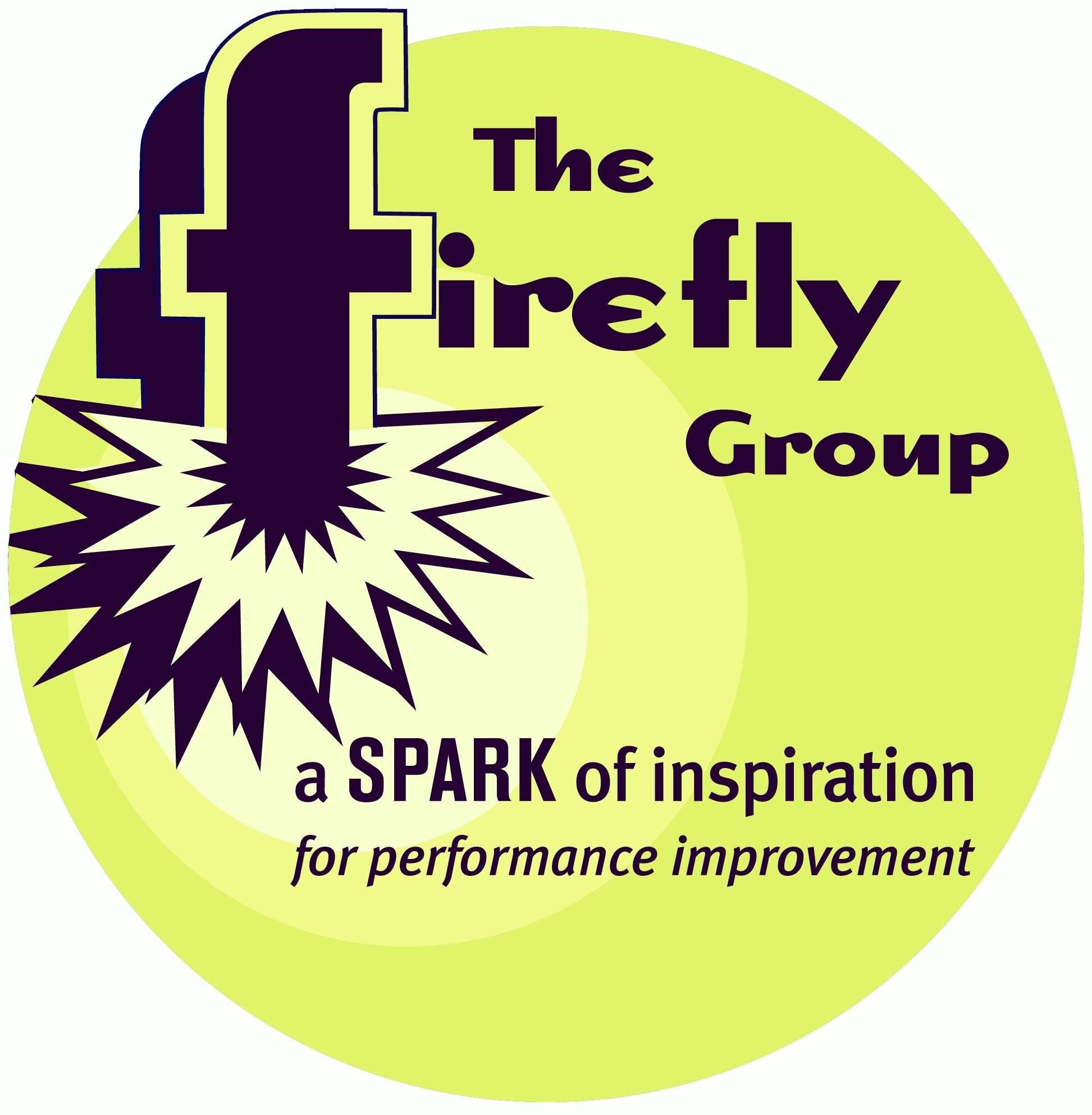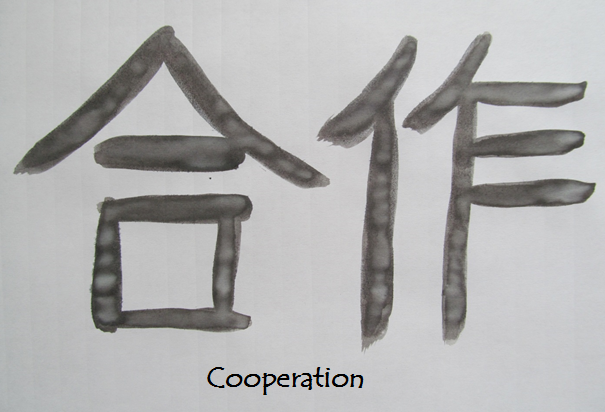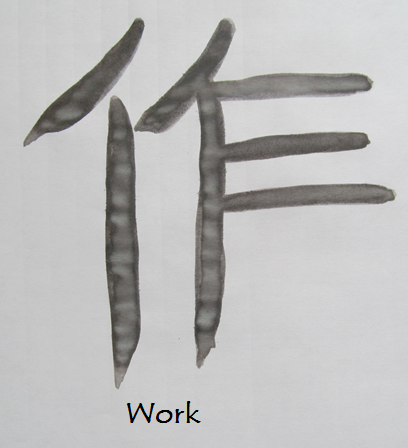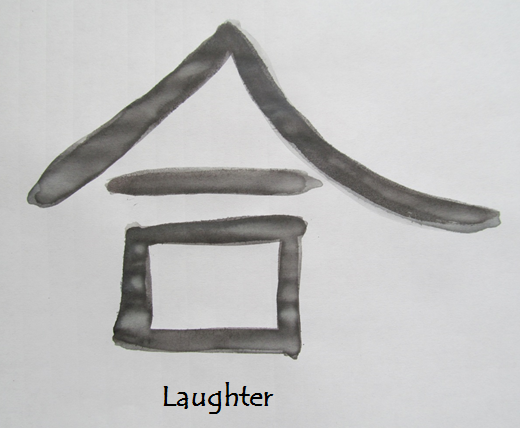

What's New
Brian will be in Chelmsford, MA
Plan to attend
Blended
Learning:
Finding the Right Mix
The New England
ASTD conference in Chelmsford, MA, June 12 & 13 where Brian will be presenting
"Stone Soup: A Recipe for Blended Learning."
Learn More and Register
What We Do
The Firefly Group helps people use everyday situations for learning and connecting to the Big Picture. After working with Firefly, you will be energized with specific action steps to achieve your goals.
We do this through training of trainers, leadership development, performance improvement training, strategic planning, writing training manuals, and clarification of organizational mission and vision. Our methods are engaging, thought-filled, and results-oriented.
 If
this sounds like a good direction for your organization, let's talk about
how we might collaborate! Please give me a call (802.257.7247) or send an
. - Brian
If
this sounds like a good direction for your organization, let's talk about
how we might collaborate! Please give me a call (802.257.7247) or send an
. - Brian
 Your ETR (Estimated Time to Read): 10 minutes Your ETII (Estimated Time to Implement Ideas): 5 weeks |
June 2014
|
Say
It Quick |
Discoveries bits of serendipity to inspire and motivate |
Ideas fuel for your own continuous learning |
Activities tips and tricks you can try today |
| Who's Competing? | Hézuò and Teamwork | The Joy of Cooperation |
Cooperation is much more than the opposite of competition. Gain a surprising cross-cultural perspective beginning with this story in exactly 99 words.
Who's competing?
Yikes! A Google search pulls up more than 28,000,000 hits for "99 Words!" Now, the idea of writing something meaningful in exactly 99 words was not mine originally but neither is it a well-known format like a sonnet or a limerick. Until I clicked around, I had the illusion that I was ahead of the wave. What was once a quirky, unique idea now seems trite. Little fish, big ocean.Why do I feel I am suddenly in confrontation instead of part of a movement? Have I found competitors or fellow collaborators? I guess that's my choice!
 Hézuò
and Teamwork
Hézuò
and Teamwork
Have you got a good sense of cooperation?
I admit there is an odd feel about that opening question. We are more likely to enquire about someone's sense of humor. But by the time you finish reading this short article, I'm sure you will agree that there can be a strong connection between cooperation and humor.
My daughter, Tilden, is just finishing a year of intensive Mandarin study in Shanghai. Through Skype, email, phone, and letters, she has shared challenges, successes, and cultural insights. Recently she told me about one insight that is especially relevant for leaders and teams.
In Mandarin Chinese, "Hézuò," the word for cooperation or teamwork, is derived from the combination of the word for laughter and the word for work. Think of that for a moment: laughter plus work results in cooperation.
Contrast this
with the English definition of cooperation: 
Working together to the same end; An act or instance of working or acting together for a common purpose or benefit; Joint action.
Or teamwork:
The combined action of a group of people, especially when effective and efficient; The process of working collaboratively with a group of people in order to achieve a goal; Behaviors that facilitate effective team member interaction.
In English, the emphasis is on action, accomplishment, achieving a goal. It's work to produce a mutually beneficial project. But, let's face it: North American culture emphasizes competition and individual success. Sometimes we have to remind ourselves of the advantages of common action. We might even do a bit of arm twisting to convince others that teamwork is better than individual achievement.
 Yet
in Chinese culture there is a sense of fun, lightheartedness, joy. My daughter
explained that the character used for laughter in Hézuò also means to laugh
out loud, as in, "Ha, ha, ha!" Cooperation for the Chinese is a process, a
way of being together while accomplishing work. The emphasis is on a shared
experience rather than just the goal.
Yet
in Chinese culture there is a sense of fun, lightheartedness, joy. My daughter
explained that the character used for laughter in Hézuò also means to laugh
out loud, as in, "Ha, ha, ha!" Cooperation for the Chinese is a process, a
way of being together while accomplishing work. The emphasis is on a shared
experience rather than just the goal.
What would it be like if your next team effort included humor and a sense of playfulness at the same time that you achieved your goal? Would there be less tension and more productivity? If you give it a try, what happens!
Got Humor?
Get Serious!
I recall the scolding tone of a supervisor who criticized my use of a game
for teaching. "This topic is too important," she said, "I want people to take
it seriously."
Yes, there was laughter in the room but it was Hézuò - laughter with work. No one ridiculed the topic but everyone reveled in the experience of learning as they cooperated to solve problems and find answers.
When we enjoy the company of others we are motivated. When we are motivated, we accomplish more. Doesn't it make sense, then, to create a work environment that's fun? For all the hours in the day that we devote to work, don't we deserve a little delightfulness?
How would our results change if we were able to incorporate more joyfulness into our work? How might we do that while ensuring that the job is still taken seriously?
One answer is suggested in the 99-Word Story. Here was a situation when I thought I needed to have an advantage. I was competing when it really wasn't necessary. Of the millions of other people writing in just 99 words, had anyone ever written the same story? Of course not! Each author tells their own story.
The same is true in your team. Everyone has their own contribution to make so give them opportunities for serious sharing. Trust that their best intentions will bring positive results. Then chill out, laugh together, and cooperate.
The Joy of
Cooperation
You can jumpstart a conversation about cooperation with your team using Chinese
characters. Here are step-by-step instructions for an activity to inspire
an environment of Hézuò in your organization. You can also download
a PDF of this activity that includes the Images and Cooperation
Poster.
Goal: To apply new concepts of cooperation to an existing team
Participants: Any sized existing team
Materials: Three Images (A, B, and C) printed on paper or projected on a screen; Cooperation Poster
Procedure: Explain to the group that you are going to give them an opportunity to reconsider a familiar concept from the perspective of another culture. Through the process, people will likely gain new insights that will be helpful for the group going forward.
Find out whether there are any people present who can read Mandarin. If so, ask them to keep their thoughts and comments to themselves until you ask for their contribution.
Explain that in Chinese, characters don't spell out words. Instead, they represent a concept. Show a slide or distribute copies of Image A. Ask people to take a moment in silence to think about what concept the image might represent. Solicit a few ideas from people and record them on a flipchart. Possible responses might include a house, a safe place, a person with a hat, eyes and an open mouth, a field or pasture in front of a mountain, etc.
Next, show Image B and repeat the same process. Possible responses might be people marching together, a leader and a follower, flags, people carrying something together, birds on telephone wires, etc.
If anyone who speaks Mandarin is present, ask them to share what the individual images represent (but not what they might mean when combined). Otherwise, tell people that Image A represents laughter and Image B represents work.
Tell people that Chinese characters are combined to represent more complex concepts. Show Image C and ask people to speculate about what concept is represented by the combination of the two previous characters. What would be the English translation of this concept? Record people's responses then share the correct interpretation: cooperation or teamwork.
Complete the learning process by asking appropriate discussion questions from the following list:
Discussion:
- What surprises you about the Chinese understanding of cooperation or teamwork?
- What is most similar and what is most different about the Chinese and English concepts of cooperation?
- How important is laughter and fun in your own concept of teamwork?
- Have you experienced the Chinese concept of cooperation - both laughter and work - in your team? What was the situation?
- What are some ways your team uses laughter to be more productive?
- What are the challenges to including laughter as a regular element of cooperation?
- What are the possible negative outcomes of laughter plus work?
- What are some strategies to promote a balanced approach to cooperation and teamwork?
- If you were to invent two original characters to represent teamwork in your organization, what would they be?
End your activity by distributing copies of the Cooperation Poster to individuals or posting it in your work area as a reminder of what people have learned about cooperation.
And, don't forget to how this activity worked for you!
|
Whether you need a keynote speaker, or help with strategic planning, performance improvement, or training facilitators and trainers in your organization, I look forward to your call (802.257.7247) or . -- Brian |
Read previous
issues. Click Library!
To add or delete your name to our mailing list, email
with a short note in the subject line.
I want this newsletter to be practical, succinct, and thoughtful. If you have suggestions about how I can meet these criteria, please let me know! Send me an with your thoughts and ideas.
Home
| Services
| Products
| Mission
| Ideas |
The Group
| The Buzz
(c)
2013 The Firefly Group